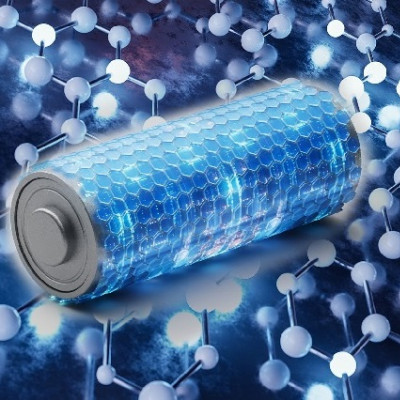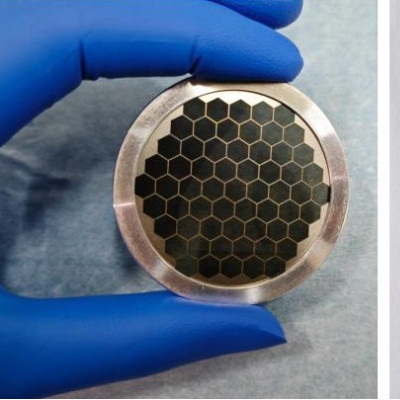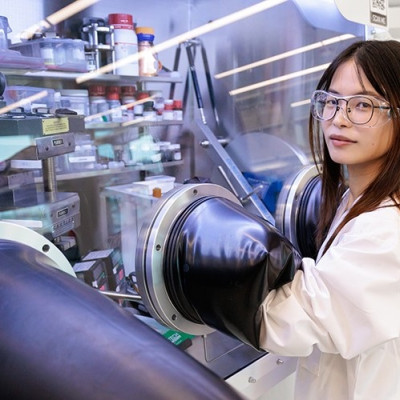Past approaches have not been able to match what nature achieves; the efficiency of light-absorbing pigments drops when tightly packed. In the study, Surrey’s researchers detail how they developed a unique synthetic pigment that keeps its fluorescent intensity longer.
Michael Spencer, lead author of the study and PhD student at the University of Surrey, said:
“Mother Nature can teach us so much as we all think of ways to nurse our planet back to health. In this study, we looked at how light is absorbed, enhanced and utilised in biological systems, and we have incorporated those mechanisms into our own hybrid devices.
“The performance of our device gives us hope that the solar panels of the future can ditch the use of toxic materials currently used to maintain their intensity."
Surrey’s new approach uses nanoparticles as a platform for the light absorbers, showing an enhanced efficiency under certain conditions and offering a controlled approach to the further study and eventual realisation of high-efficiency artificial light converters.
Professor Ravi Silva, Director of the Advanced Technology Institute at the University of Surrey, said:
“Solar panels are a crucial part of our journey towards net-zero carbon; we need to think outside of the box if future high-efficiency solar panels are to meet their full potential. The creative thinking exhibited by this team is exactly what is needed to make sure solar meets and exceeds expectations. The deployment of solar technologies can happen decades faster than nuclear at present, and even in the UK, solar electricity generation costs are much cheaper.”
The research paper was published in Cell Reports Physical Science, and the study was funded by the Leverhulme Trust. The work was produced by the University of Surrey’s Advanced Technology Institute and Quantum Biology Doctoral Training Centre.
The University of Surrey is a leading research institution that focuses on sustainability to the benefit of society to deal with the many challenges of climate change. It is also committed to improving its own resource efficiency on its own estate in Guildford and being a sector leader. It has set a commitment to be carbon neutral by 2030. In April, it was ranked 55th in the world by the Times Higher Education (THE) University Impact Rankings which assesses more than 1,400 universities' performance against the United Nations’ Sustainable Development Goals (SDGs).
Read the original article on University of Surrey.







